Conclusion
Pros
- Extremely compact lens for the focal length and aperture
- Super solid all-metal construction
- Absolutely fantastic feeling focus and aperture rings
- Reasonably sharp wide open across most of the frame at most focus distances
- Very good sharpness across almost the entire frame stopped down
- Lovely color and contrast
- Good performance against flare
- Beautiful sunstars
- Lens aberrations and unique bokeh create a classic look
- Reasonably priced for such a fast wide-angle
Cons
- Heavy spherical aberration, especially at close focus distances
- Very soft at wide apertures when focused between 0.3 and 0.5m
- Extreme corners always retain some softness at any aperture
- Pronounced vignetting that never truly goes away
- Minor longitudinal CA
- Some purple fringing at high contrast edges at wide apertures
- Heavy coma at wide apertures
- Focus shift upon stopping down requires focusing at working aperture
- Barrel distortion at closer focus distances
- Bokeh that is quite busy wide open, and never is super creamy
As you can see from my pros and cons list above, this is not a perfect lens, but it’s also not a bad lens, and many of the cons actually figure into one of the pros – and that is the creation of that glowy classic look at f/1.4, with bokeh that you’ll either love or hate. It’s a lens that I can’t universally recommend, as many will find its negatives to be major dealbreakers. Yet, I do think that most people should really give it a look, as many do love that classic look at f/1.4. It’s also extremely solidly constructed, has wonderful manual focus feel, is downright tiny for a 35mm f/1.4 (and frankly it’s small for any lens), and doesn’t really break the bank at a retail price of $799.
Only you can determine whether you like the way this lens draws, or if you hate it. But for my use, I really like the look I can get from this lens. Wide open it gives a very unique look, and stopped down it provides lovely tonality and good sharpness over the entire frame, save for the extreme corners. Sharpness is pretty good at f/1.4, but does have a little softness due to spherical aberration, and stopping down is a must when focused near the lens’ minimum focus distance.
If you do want a more modern rendering lens, be prepared to both spend more and carry around a larger lens. One of the nice alternatives is Voigtländer’s own 40mm f/1.2, which is $300 more expensive, about twice the length and twice the weight, but is still fairly compact for such a lens, and while it’s a slightly longer focal length, from samples I’ve seen it’s also much better corrected and is a more modern optic. Otherwise, you’re stuck with the giant 35mm f/1.4 lenses, or the also less than perfect, but also quite pricey (and slower) Loxia 35mm f/2. In fact, the Loxia and the Voigtländer share a fair bit in how they draw, with nervous bokeh wide open. The Loxia is a touch sharper, a little bigger and a lot more expensive at $1,299, and its relationship to price was why I didn’t really feel it was worth a purchase when I reviewed that lens. However, the Voigtländer’s $500 lower price and full stop faster aperture make it a lot easier to overlook flaws and embrace the drawing style.
Personally, I really like the lens, and have added it to my bag. I’ve really enjoyed shooting with it. If you like the look, it’s well worth a purchase. If you want a more modern rendering lens, then look elsewhere.
Image Samples
Click on an image to enlarge.

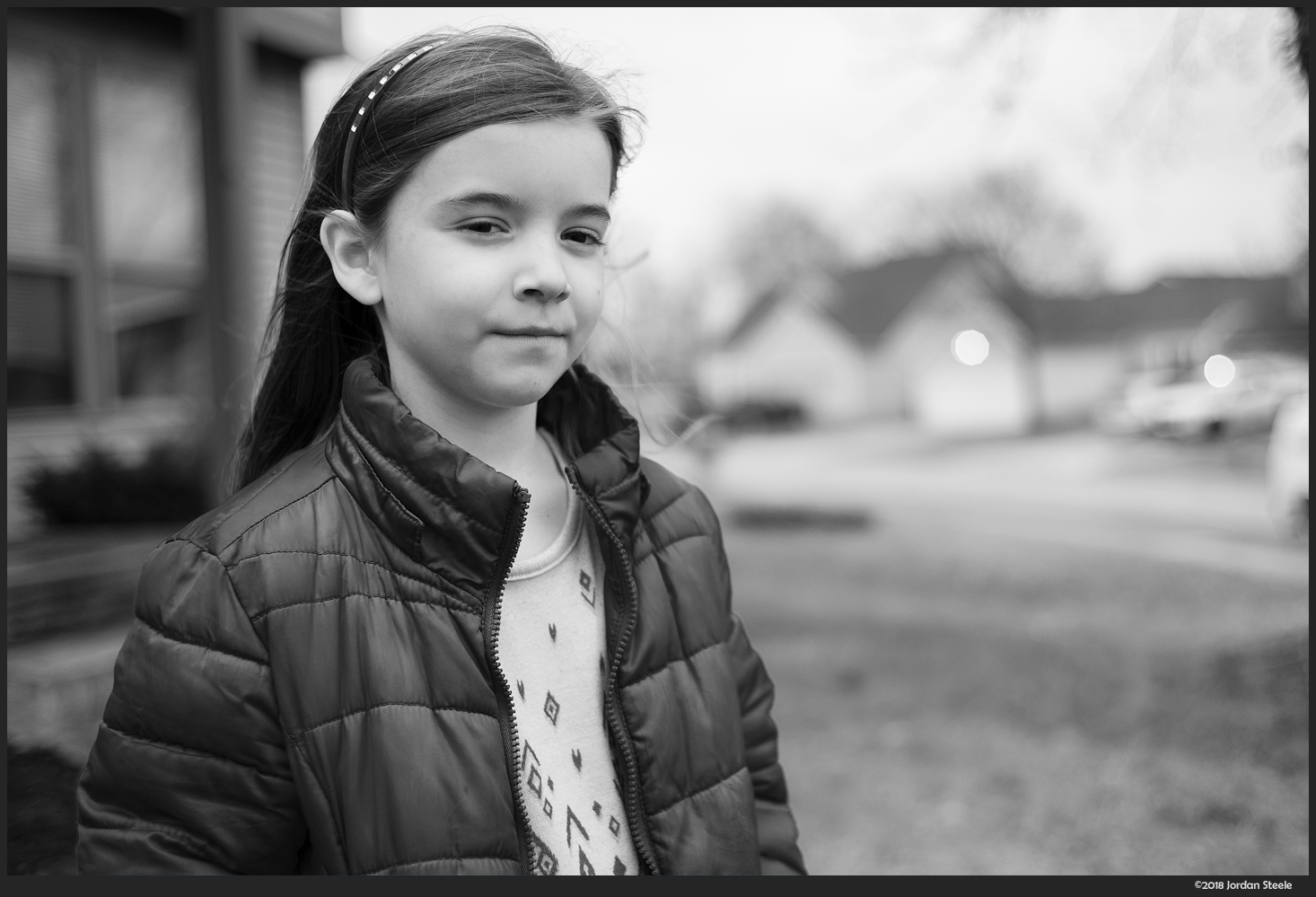
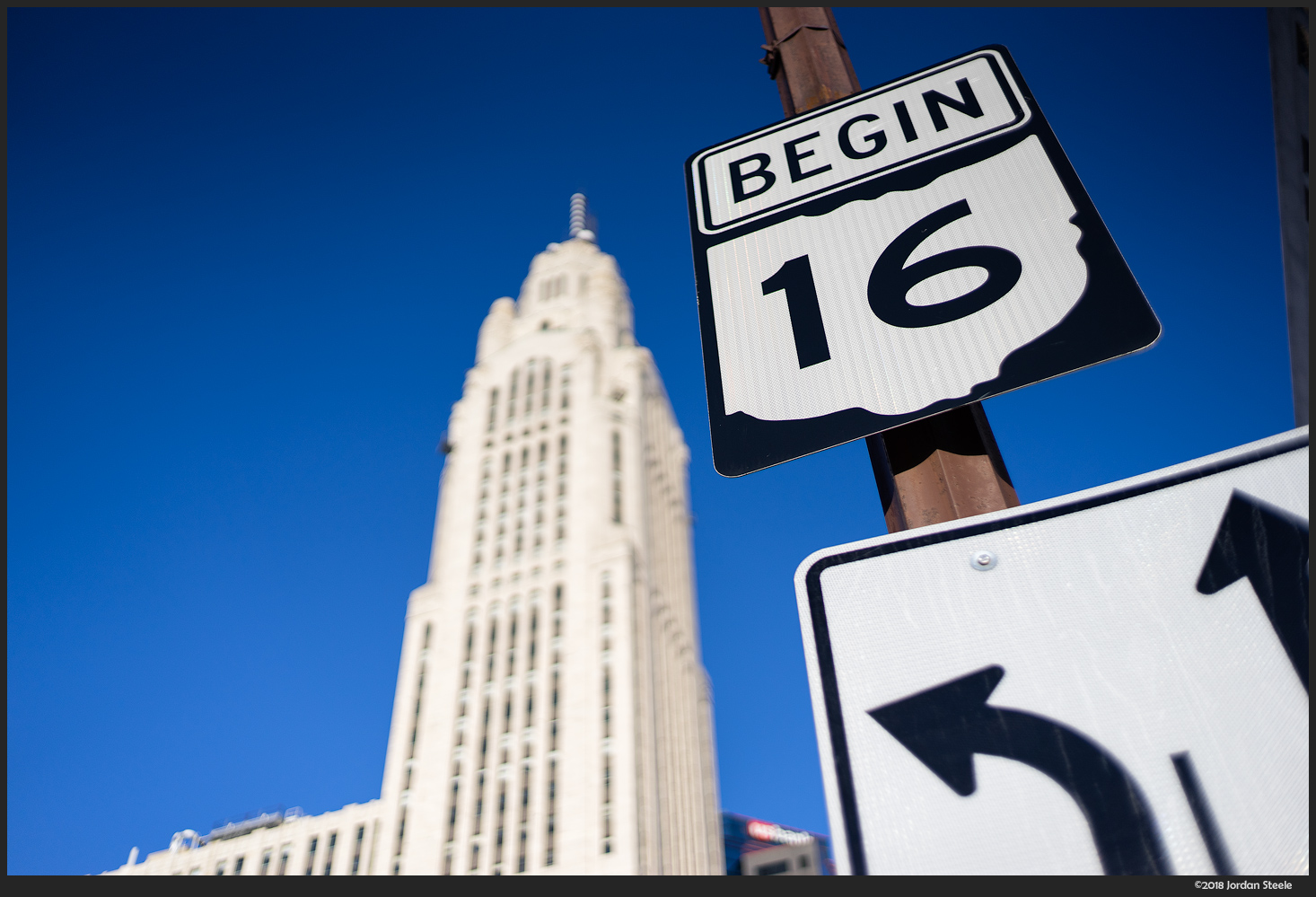
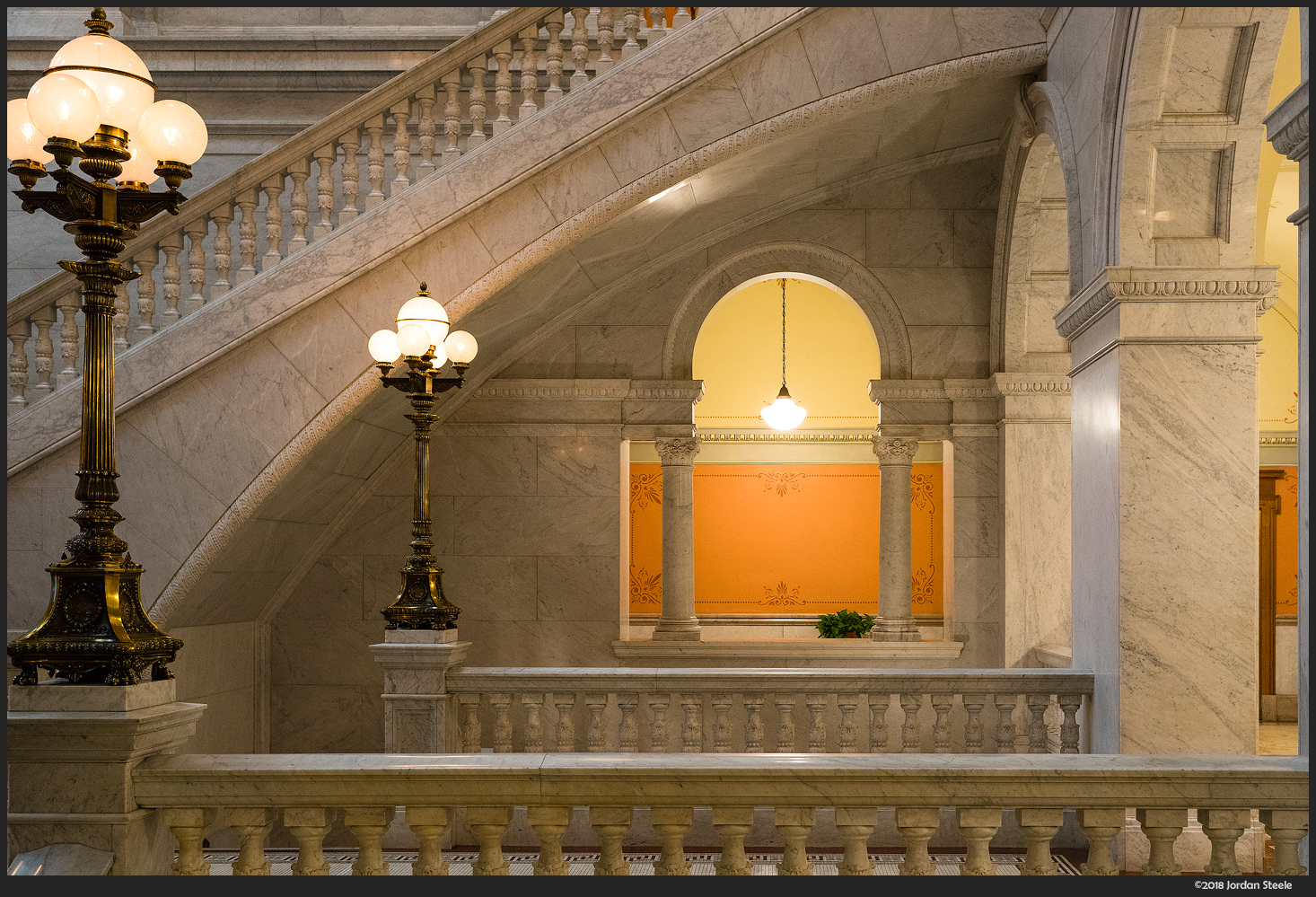
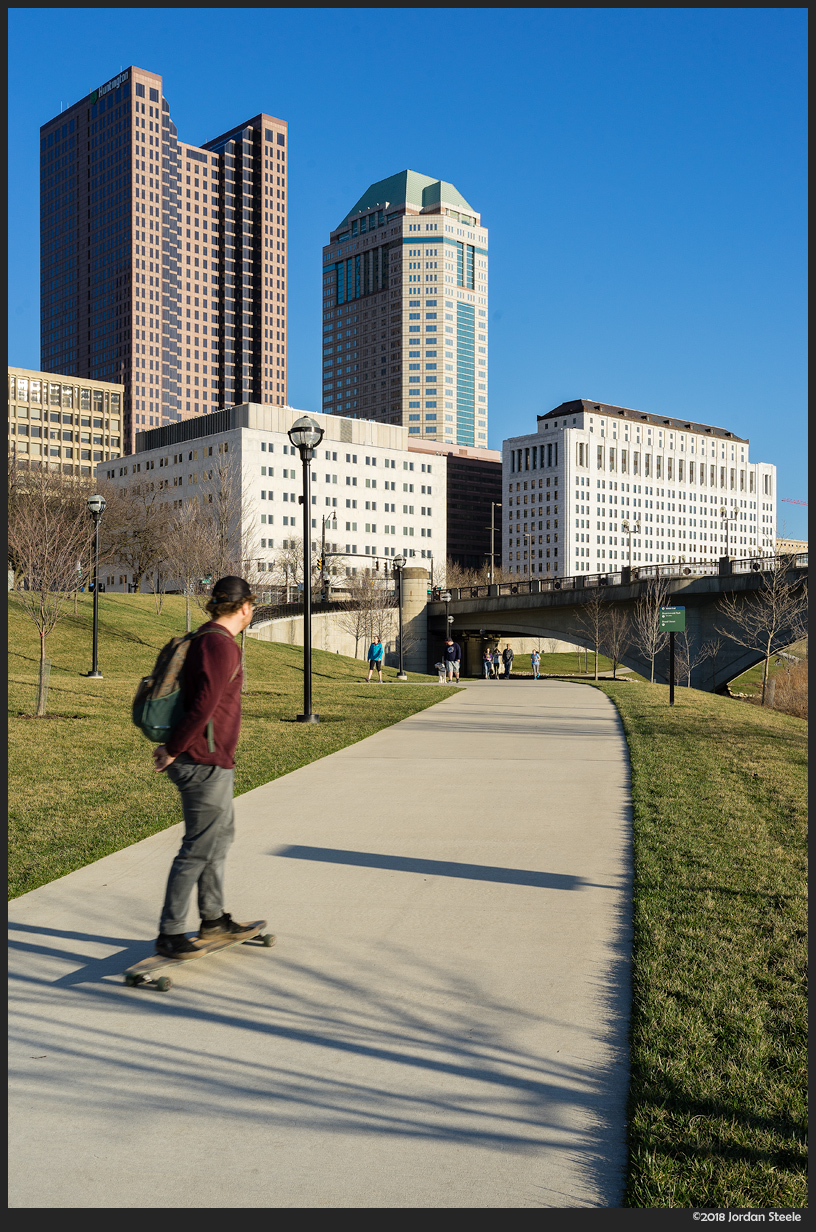

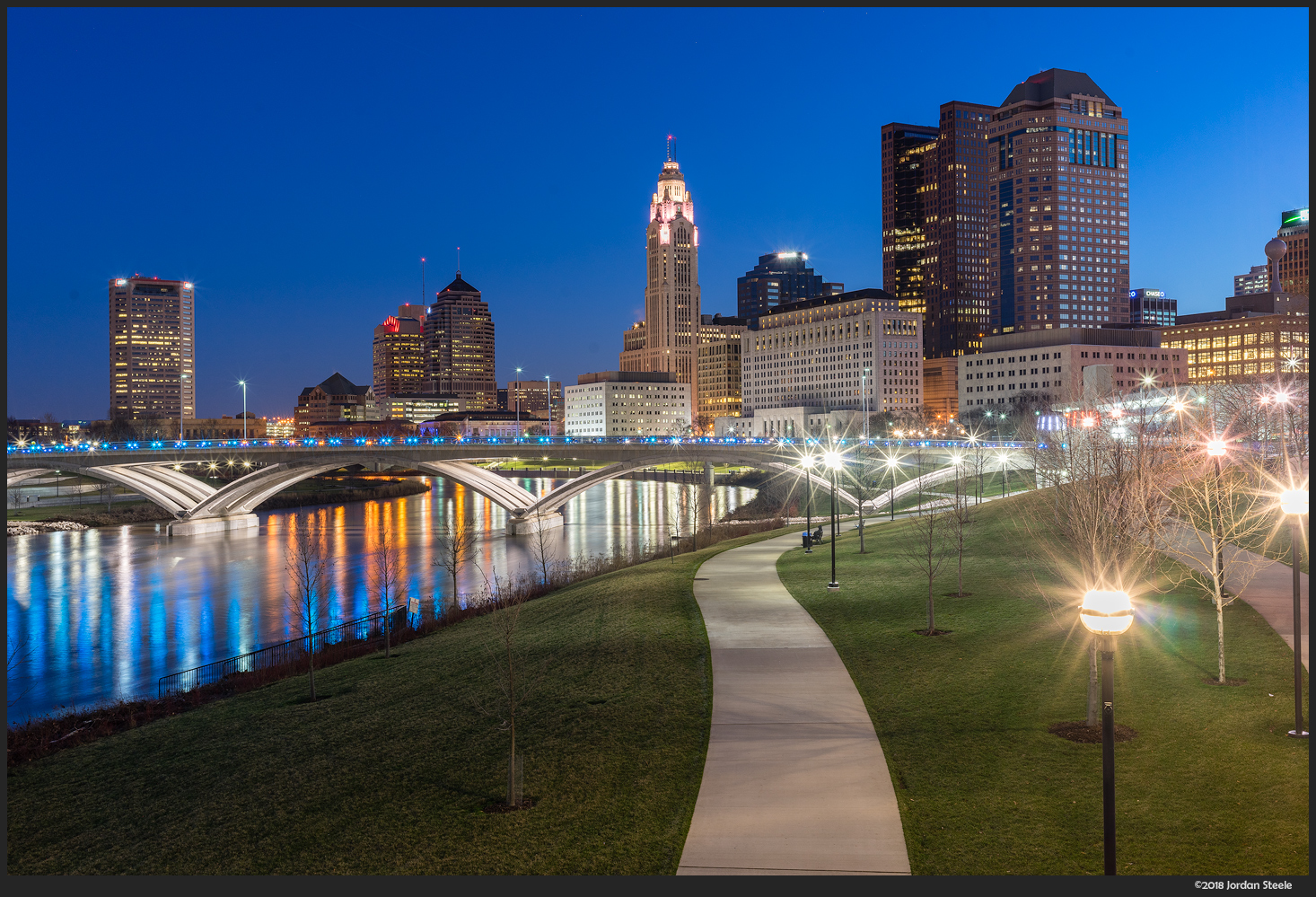
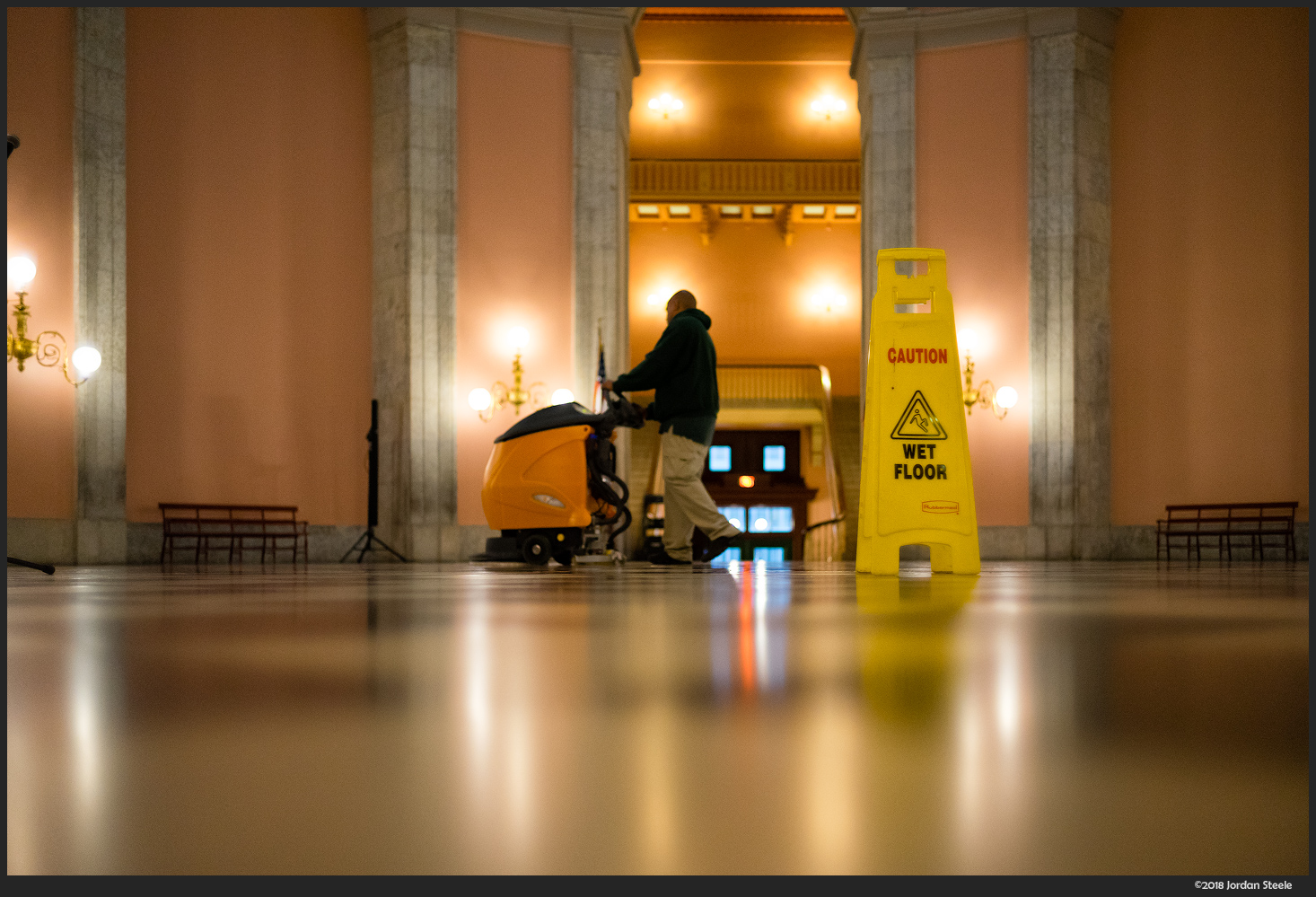
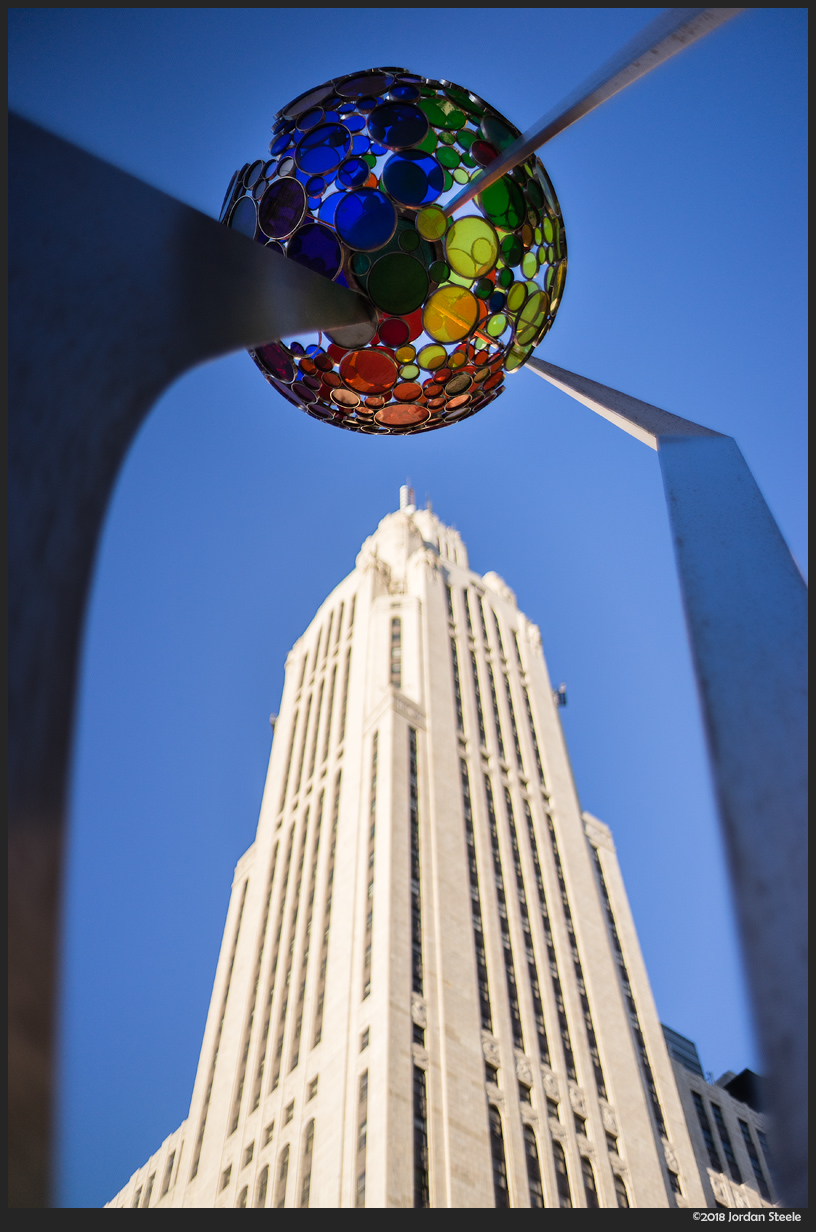

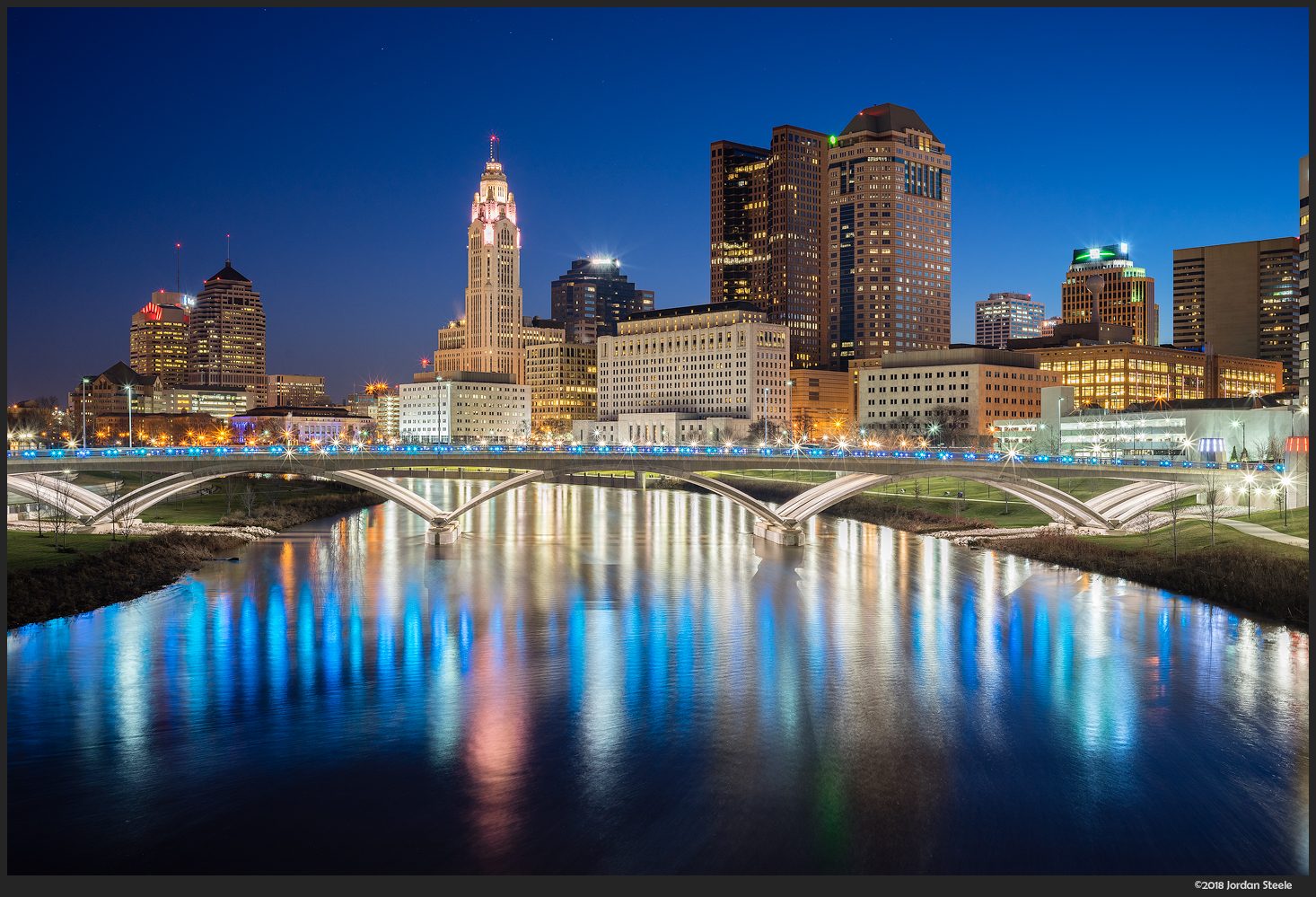
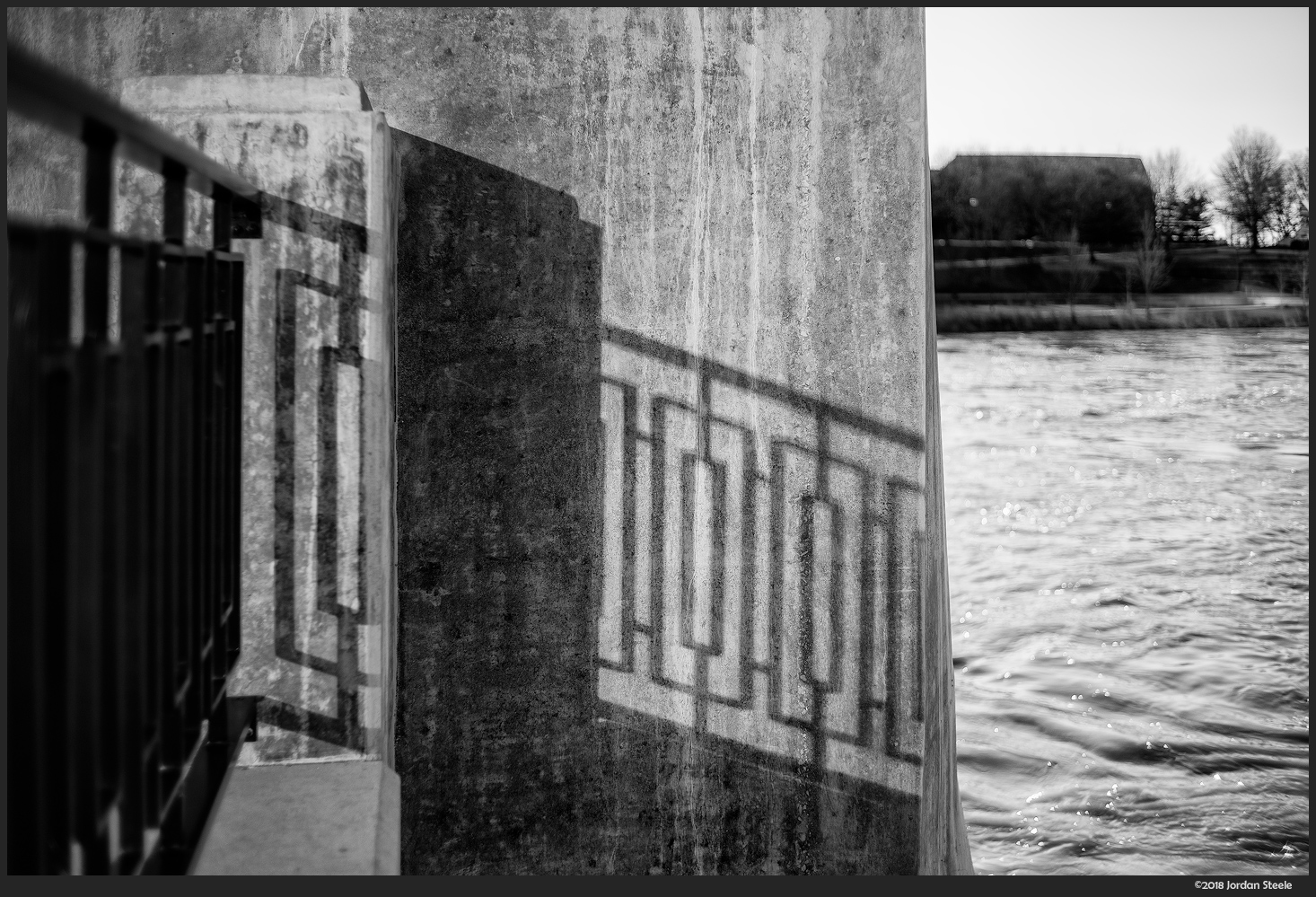
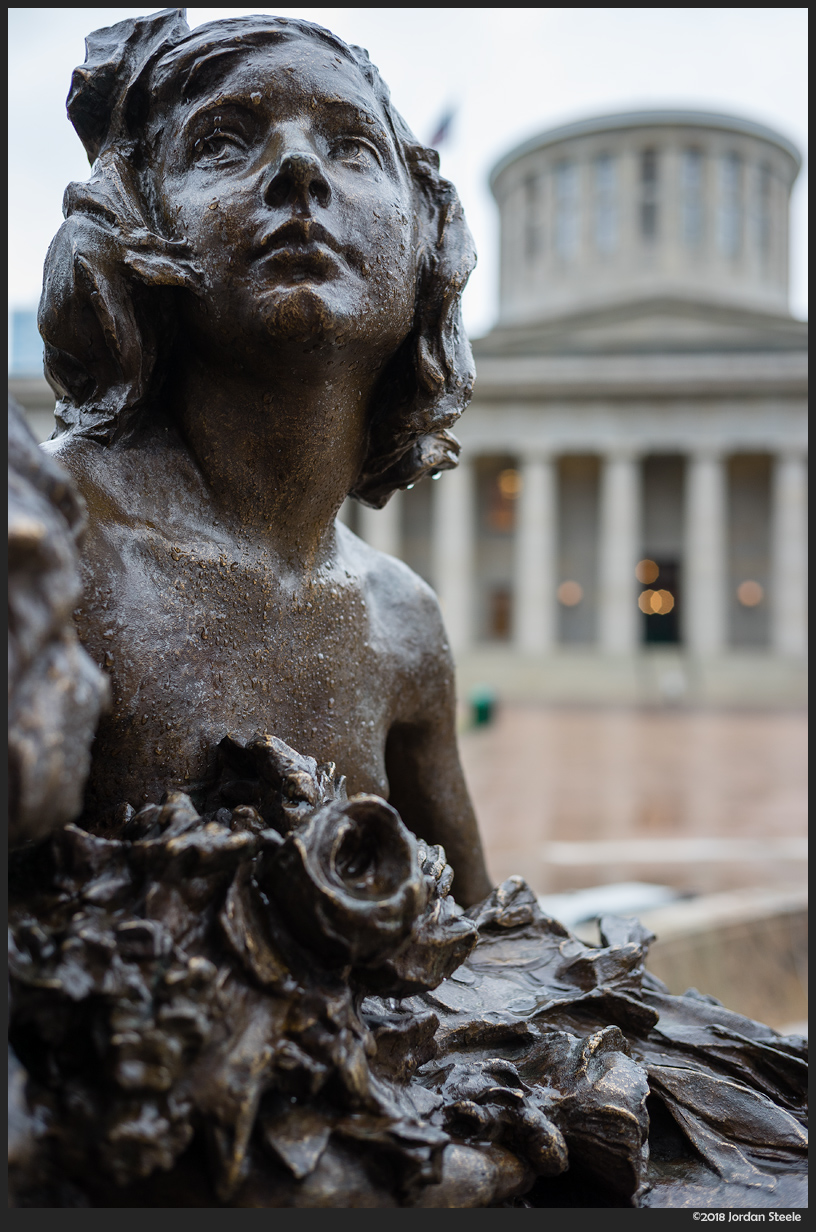
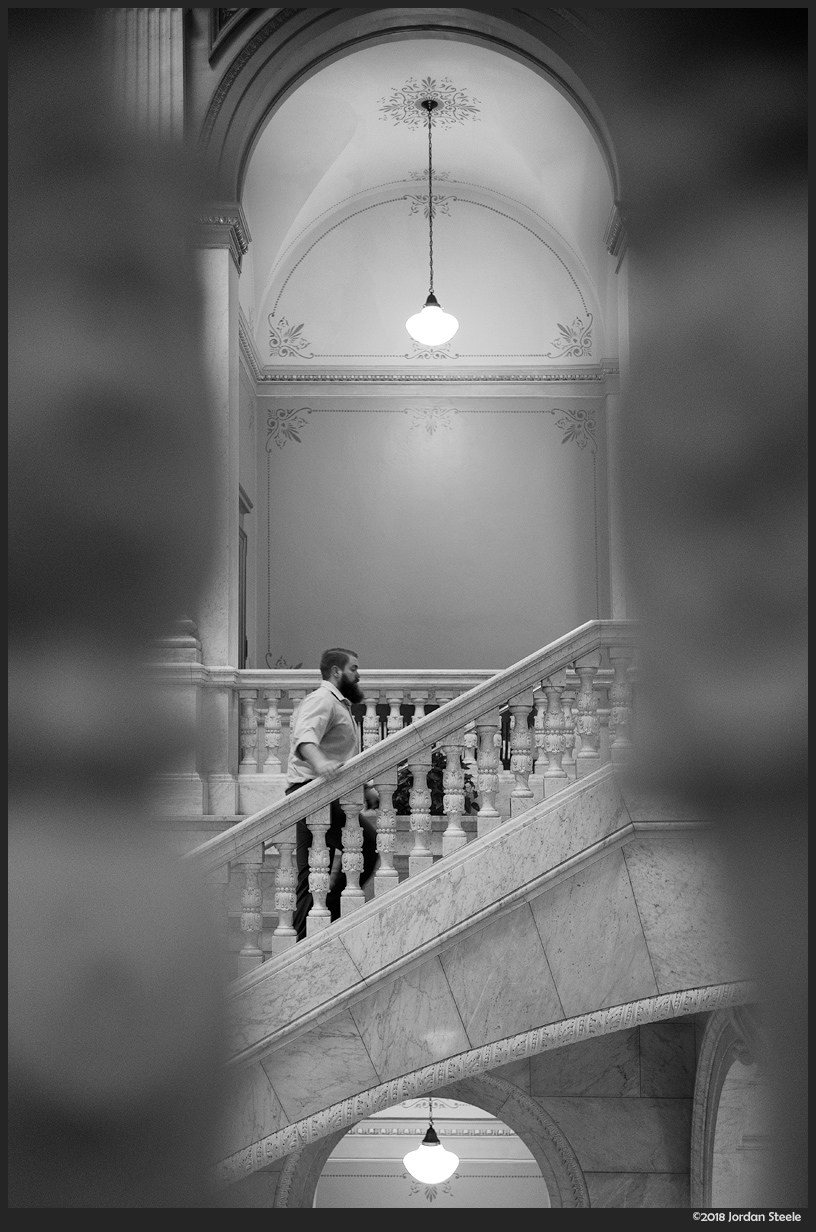
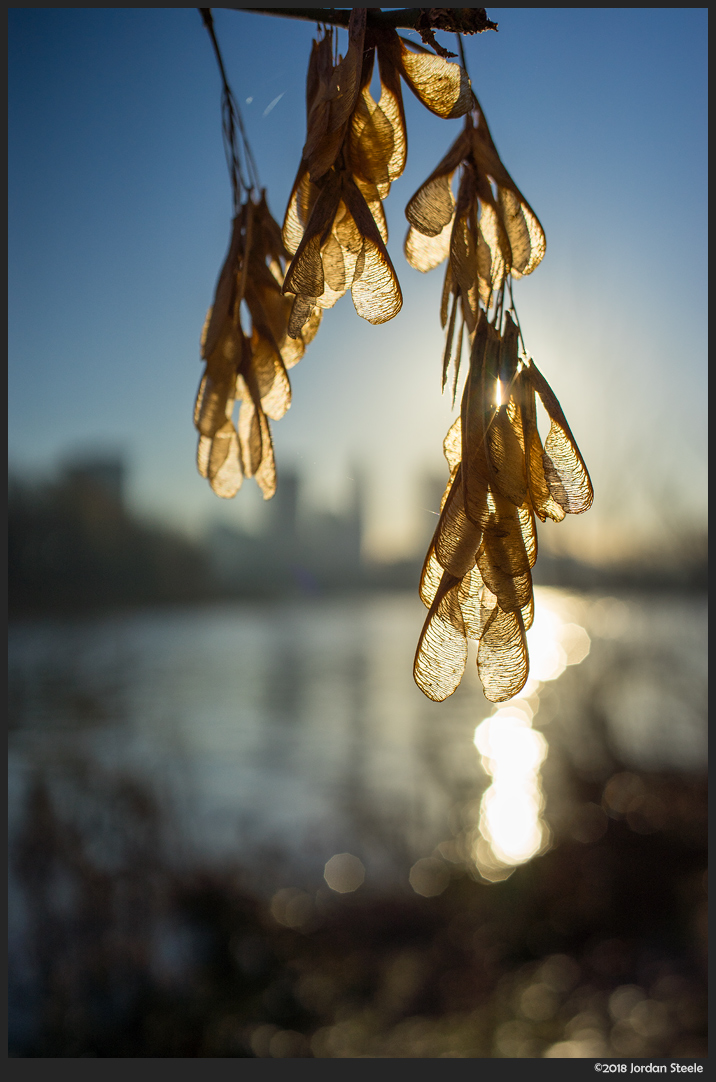
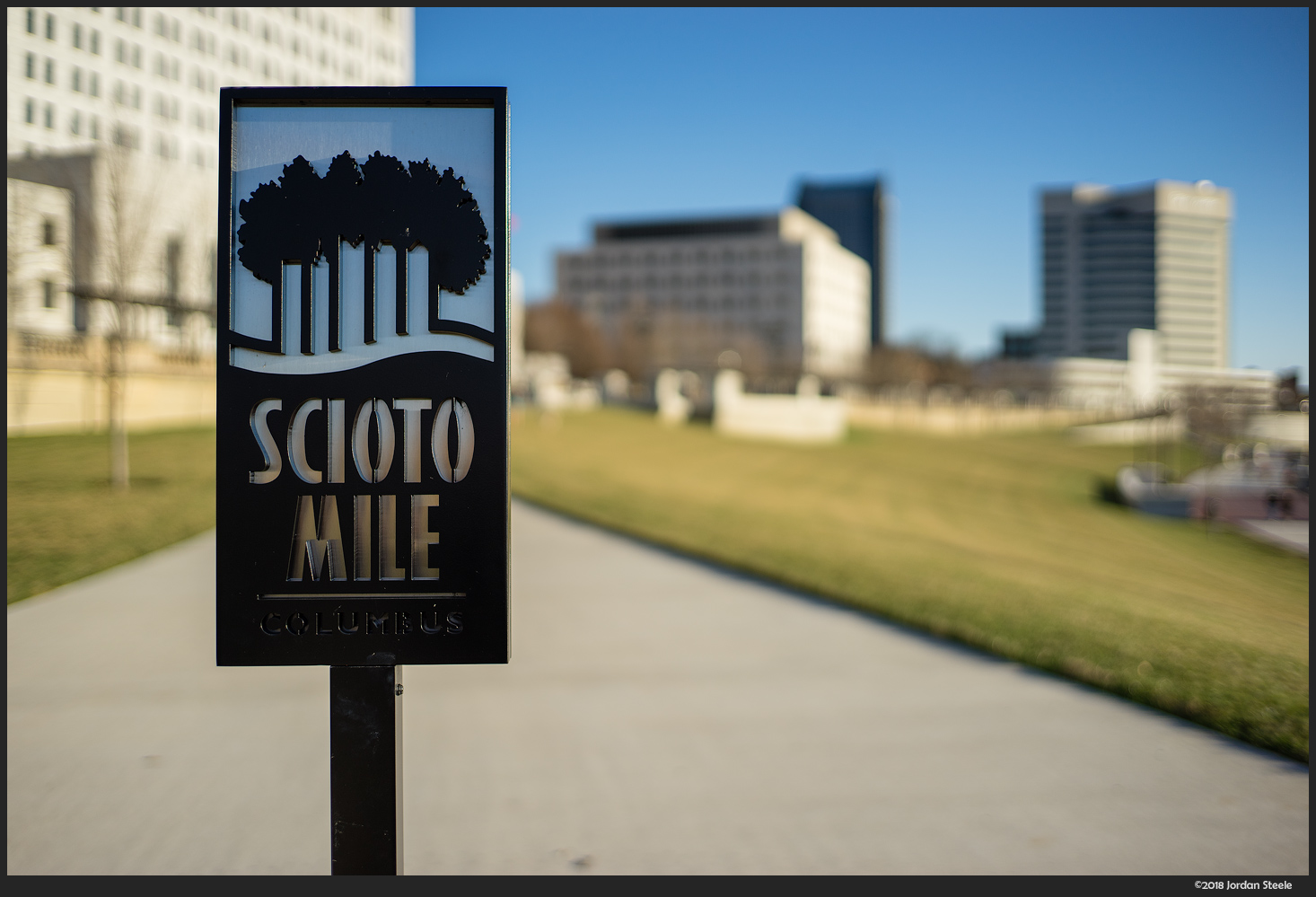
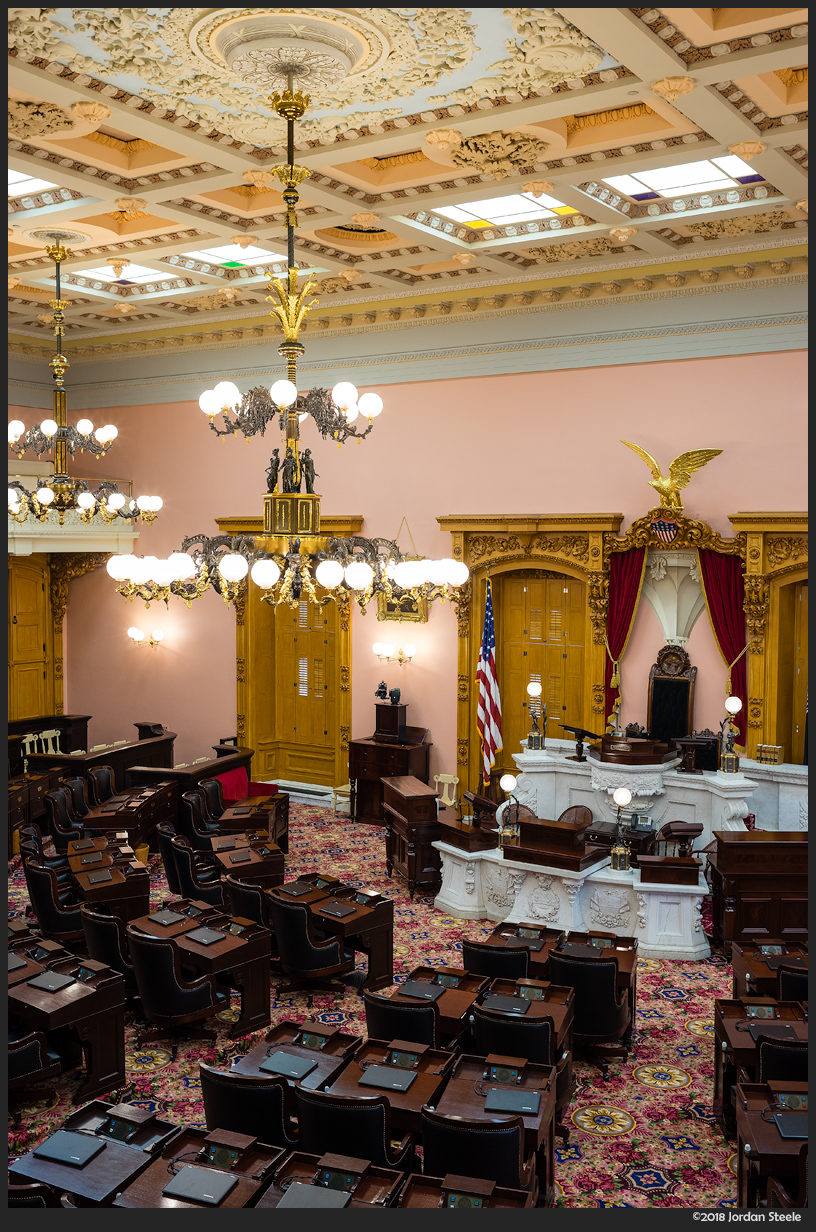
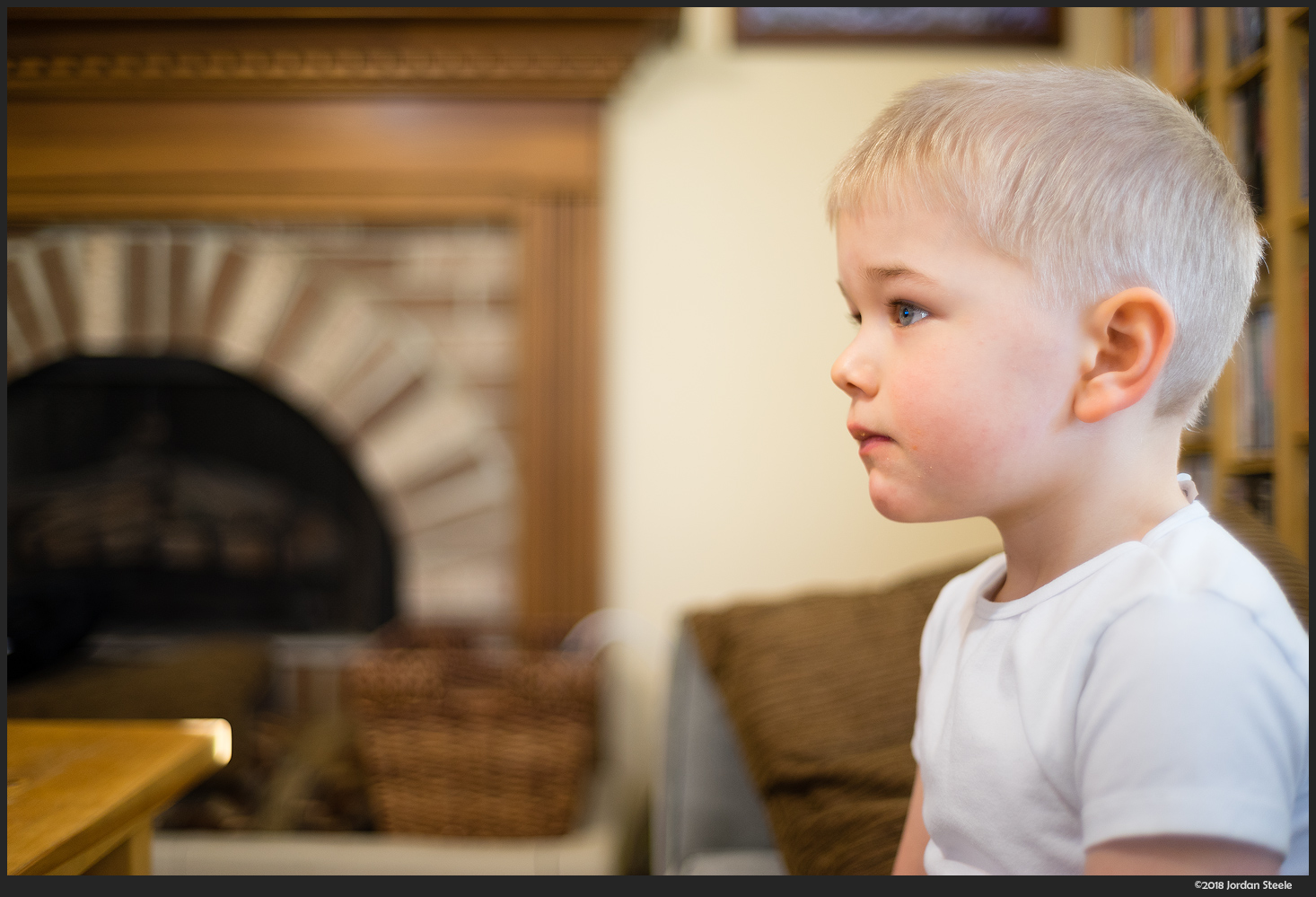

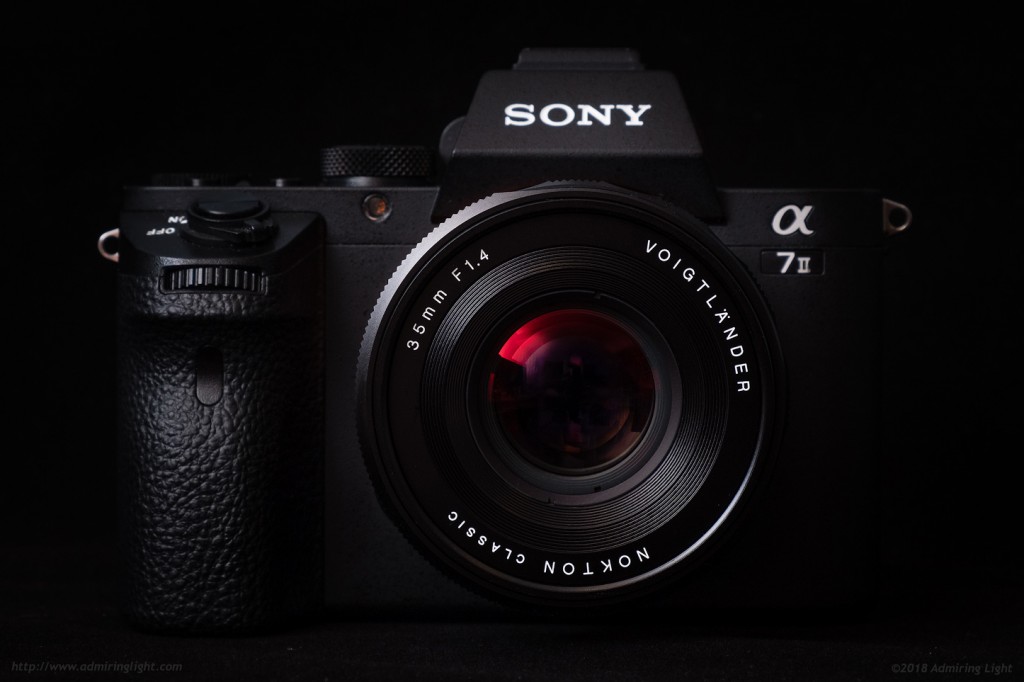

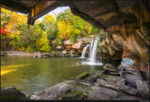

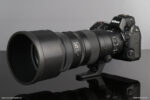
Leave a Reply